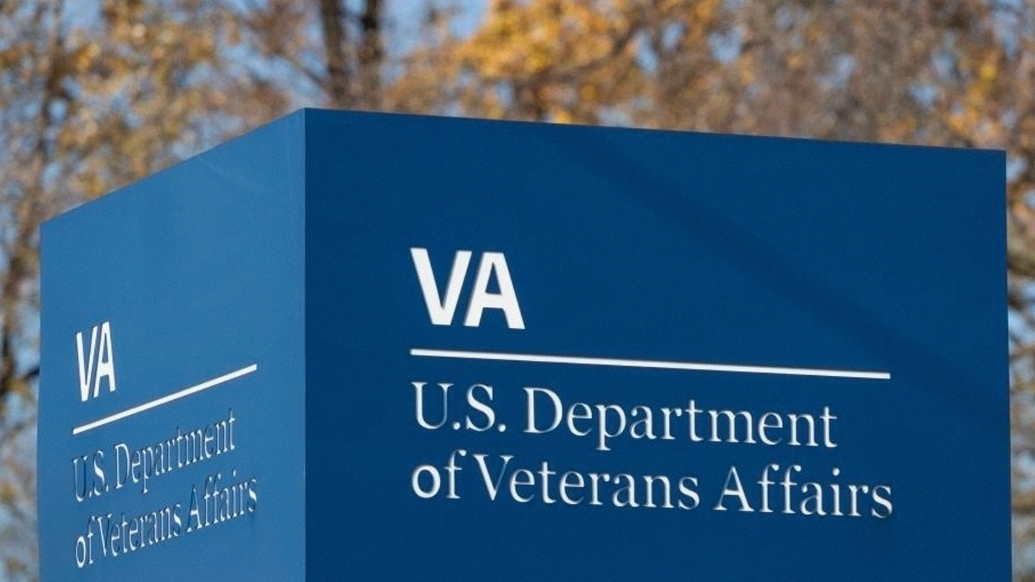VA hospitals held several advantages compared to non-federal hospitals
5:00 AM
Author |

In a study published in the Journal of General Internal Medicine titled “Comparison of the Impact of COVID-19 on Veterans Affairs and Non-federal Hospitals: A Survey of Infection Prevention Specialists,” a team of doctors from the VA Ann Arbor Healthcare System surveyed lead infection preventionists at 71 VA hospitals and 415 non-federal hospitals.
Infection preventionists were surveyed as they were the “tip of the spear” when it came to creating facility COVID response plans.
The survey asked a number of operational questions ranging from the respective hospital’s pandemic response plan effectiveness, which organization each hospital relied on most for COVID-19 information, staffing and supply shortages and the financial health of the hospital.
The study highlights how a global pandemic like COVID-19 is considered by health care experts to be a “system shock,” or an event that detracts from day-to-day operations. As the virus spread world-wide, hospitals were forced to delay or defer many elective procedures and divert all their staff and resources to combating COVID-19.
“During COVID, a lot of elective care was appropriately deferred. While this was the right thing to do, for non-federal hospitals primarily using a fee-for-service model reimbursements subsequently dropped off dramatically at a time when the delivery of care became more expensive and more staff and hospital capacity were required. This created opposing priorities for these hospitals resulting in limited capacity, furlough of staff, and even hospital closure in some instances,” said R.J. Schildhouse, corresponding author of the study and acting Chief of Staff for VA Ann Arbor Healthcare System. “Federal hospitals like the VA were insulated from this dynamic as their funding comes from Congress, and this financial stability allowed much more freedom to expand or shift resources to where they were most needed.”
While many non-federal hospitals suffered severe financial constraints during the pandemic, VA received a substantial boost in funding of nearly $17 billion via the CARES Act. Fifty-eight percent of infection preventionists surveyed at non-VA hospitals reported financial hardships stemming from the pandemic, compared to just 7% of VA hospitals.
“Our findings support the fact that the ability to quickly shift priorities, the ability to coordinate, and the funding model really lend itself to being more durable for a pandemic response,” Schildhouse explained.
This boost in funding better allowed VA to retain staff, acquire medical supplies such as N-95 masks and other personal protective equipment, and to enact VA’s Fourth Mission. VA’s Fourth Mission allows VA hospitals to care for non-Veteran patients during times of emergency.
However, the team of VA Ann Arbor doctors suggest a more robust response of the VA’s Fourth Mission for future health emergencies that may potentially reach the scale of COVID-19, noting that the magnitude of services delivered by VA hospitals during the pandemic did not adequately meet the needs of beleaguered non-federal healthcare systems across the United States.
Researchers also note the advantages of VA’s regional resource sharing between hospitals. For instance, VA Healthcare Systems in Saginaw, Ann Arbor, Battle Creek, and Detroit coordinated different patient care services at each location for Veterans living across southern Michigan and seamless sharing of supplies and testing.
“COVID was a test that proved, when necessary, that working at a market level (either by regional VA hospitals or via non-federal hospital systems) allowed facility specialization and the most appropriate and efficient use of resources,” said Schildhouse.
The authors note that non-federal hospitals were subject to a dynamic of competing for resources and staff with the most the vulnerable being singular, small hospitals in rural areas. In order to allow them to better weather future system shock events, the researchers recommended that small, singular, or rural hospitals seek out local and regional partnerships with larger healthcare systems, state governments, and hospital associations proactively, particularly for complex services.
“The COVID-19 pandemic has provided us with a nice proof of concept that the VA can function as expected through its Fourth Mission,” said Schildhouse. “However, if the VA is expected to truly function as the nation’s safety net healthcare system for widespread global catastrophes, as opposed to just local disasters, thought needs to be given to the magnitude of the response required so that the VA can be prepared to make a much larger impact.”
This article was originally published on the VA Ann Arbor website.

Explore a variety of health care news & stories by visiting the Health Lab home page for more articles.

Department of Communication at Michigan Medicine
Want top health & research news weekly? Sign up for Health Lab’s newsletters today!





